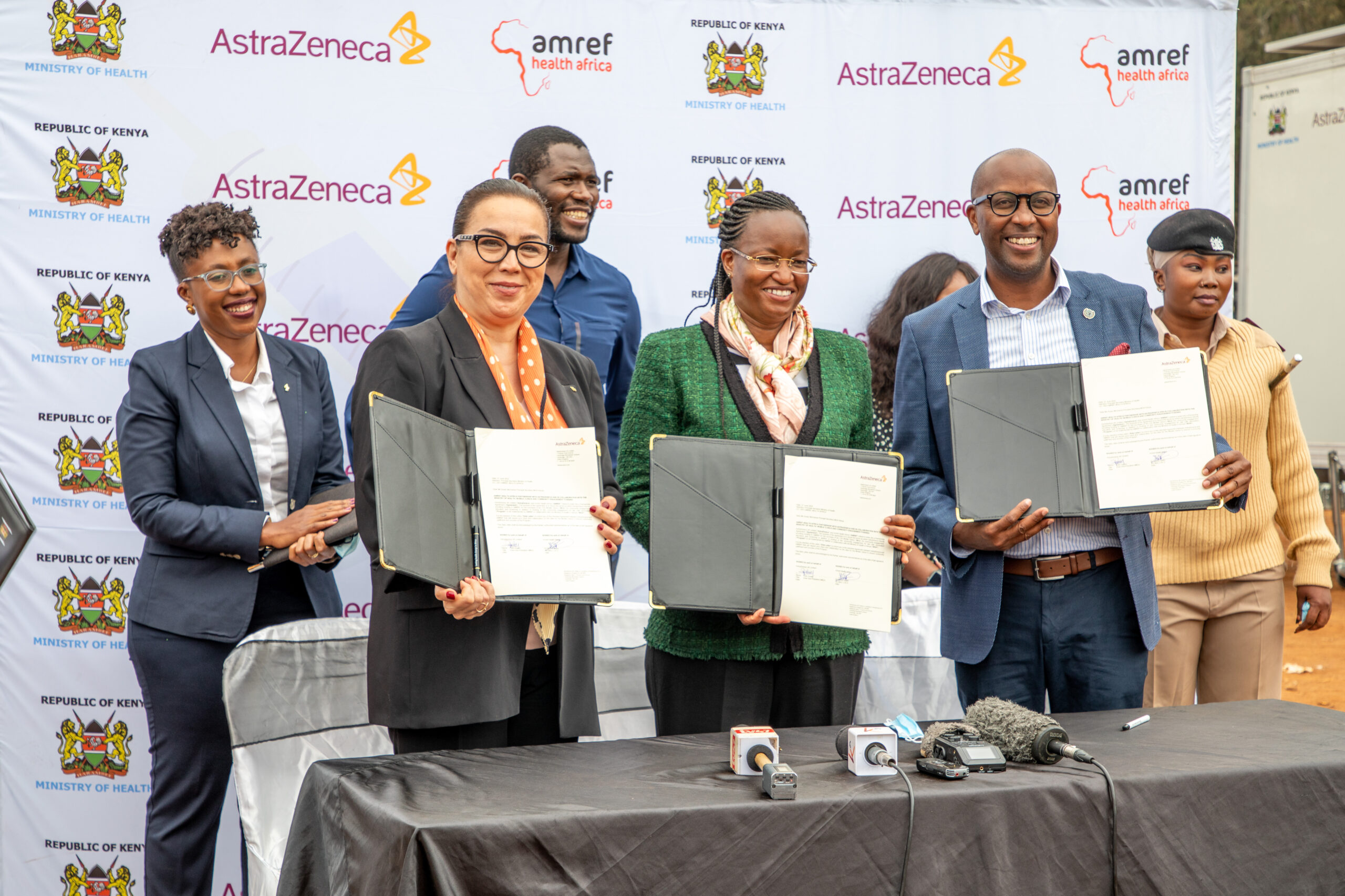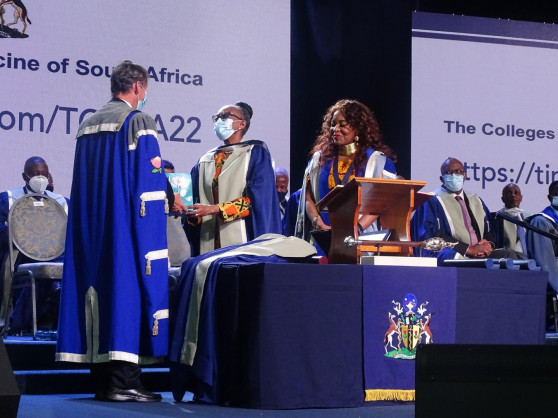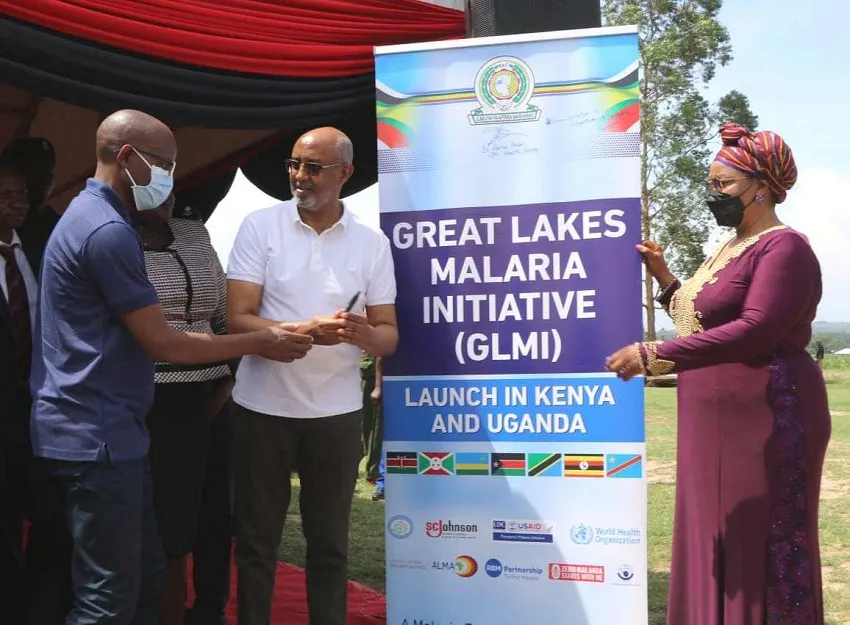This study conducted geostatistical modeling to map the prevalence of soil-transmitted helminths (STH) across Kenya, analyzing data from 146,668 children in 3,752 schools across 207 sub-counties collected in 2021 and 2024. The researchers found that hookworm prevalence was low overall (mean 0.6%), with only 6% of sub-counties exceeding the 2% threshold, primarily in coastal regions, while Trichuris trichiura showed higher prevalence (mean 1.4%) in southwestern and coastal areas, and Ascaris lumbricoides had the highest prevalence (mean 2.8%), clustering in western Kenya. These findings reveal persistent STH transmission in specific geographic regions despite decades of mass drug administration, highlighting the need to shift from blanket deworming programs to region-specific treatment strategies that consider local prevalence patterns, appropriate drug selection (particularly for areas with high T. trichiura prevalence requiring ivermectin), and optimized treatment frequency to achieve Kenya's goal of reducing STH prevalence to less than 2% by 2027.






